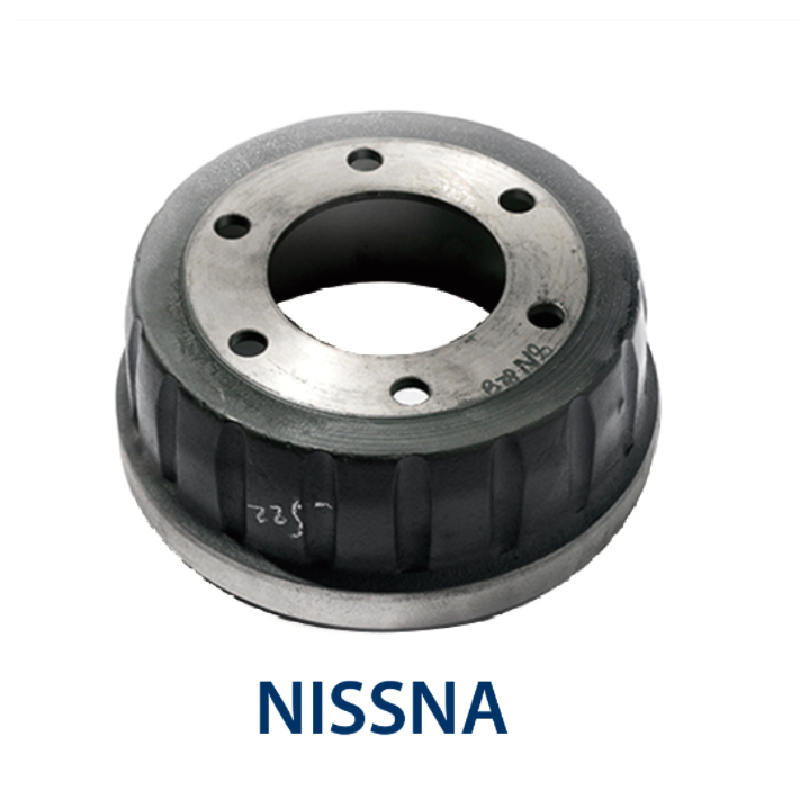Sep . 08, 2024 04:53 Back to list
How Long Do Brake Drums and Shoes Last? | Comprehensive Guide
How Long Do Brake Drums and Shoes Last?
Brake drums and shoes are critical components of your vehicle's braking system, particularly in drum brake systems. Understanding their lifespan is essential for maintaining your vehicle's safety and performance. In this article, we’ll explore the factors that affect the longevity of brake drums and shoes, typical lifespans, and signs that indicate when it’s time for a replacement.
Typical Lifespan
On average, brake shoes can last anywhere from 30,000 to 70,000 miles, while brake drums may last between 50,000 and 100,000 miles. However, these figures can vary significantly based on several factors. Driving habits, the type of vehicle, road conditions, and maintenance practices all play a crucial role in determining how long your brake components will last.
Factors Influencing Longevity
1. Driving Habits If you're an aggressive driver who frequently brakes hard or rides the brakes in traffic, your brake shoes and drums will wear out much faster. On the other hand, gentle braking habits, such as gradual slowing and maintaining a safe following distance, can help extend the lifespan of brake components.
2. Road Conditions Urban driving, with its frequent stops and starts, puts more strain on brake systems compared to highway driving, which is generally smoother. Poor road conditions can also contribute to faster wear, so it's vital to assess your daily driving environment.
3. Vehicle Type Heavier vehicles, like trucks and SUVs, require more robust braking systems, which can lead to increased wear on both the shoes and drums. Similarly, vehicles fitted with performance brakes may experience a different wear pattern based on their specific design and materials.
how long do brake drums and shoes last

4. Quality of Components The quality of the brake shoes and drums you choose can greatly affect their longevity. OEM (Original Equipment Manufacturer) parts are often more reliable, but high-quality aftermarket options can also provide durability. Investing in better materials can lead to longer-lasting performance.
5. Regular Maintenance Routine inspections and maintenance can significantly increase the lifespan of brake components. Regularly checking the condition of your brake drums and shoes, along with ensuring proper wheel alignment and suspension, will reduce unnecessary wear.
Signs of Wear
It’s crucial to monitor your vehicle’s braking performance and be aware of signs indicating that your brake shoes or drums may need replacement. Common symptoms include
- Squeaking or Squealing Noises When the friction material wears down, it can cause a high-pitched noise that is often a warning sign. - Grinding Sounds If you hear a grinding noise, it usually means that the brake shoes are worn out and have made contact with the drum. - Reduced Braking Performance If you notice a decline in your vehicle's ability to stop quickly or effectively, it might be time for an inspection. - Vibrations When Braking Pulsations or vibrations can indicate warped brake drums or uneven wear on the shoes.
Conclusion
Understanding how long brake drums and shoes last is essential for safe driving. While typical lifespans can vary widely, being proactive about maintenance and addressing symptoms of wear early will help ensure that your braking system remains effective. Always consult with a professional mechanic if you're unsure about the condition of your brakes, as timely interventions can save you from costly repairs and enhance your safety on the road.
-
HINO Industrial Efficiency-Jiangsu Hino Industrial|Productivity Optimization&Cost Reduction
NewsJul.12,2025
-
HINO-¡Ң���ຽ��е��������˾|Advanced Industrial Solutions&Energy Efficiency
NewsJul.12,2025
-
Premium Brake Drum Iveco – Durable Drum Brake Drum & Brake Shoe Solutions
NewsJul.08,2025
-
High-Performance Brake Drum Liza for Enhanced Safety Reliable Drum Brake Drum & Brake Shoe Solutions
NewsJul.08,2025
-
High-Quality Brake Drum MAZ – Durable Drum Brake Drum & Brake Drum and Brake Shoe for Optimal Performance
NewsJul.07,2025
-
High-Quality Brake Drum Kamaz for Reliable Performance Durable Drum Brake Drum & Brake Shoes
NewsJul.07,2025
